Bioplastic Pellet Absorbs Phosphate for Fertilizer Use
ATTRA
APRIL 29, 2024
Researchers at the University of Saskatchewan have developed a bioplastic pellet made from marine polysaccharide (chitosan), eggshells, and wheat straw that absorbs phosphate nutrient pollutant from water. The biodegradable pellets can then be applied to agricultural land as fertilizer.


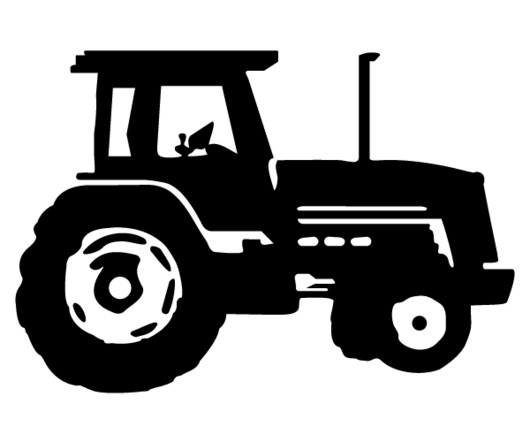

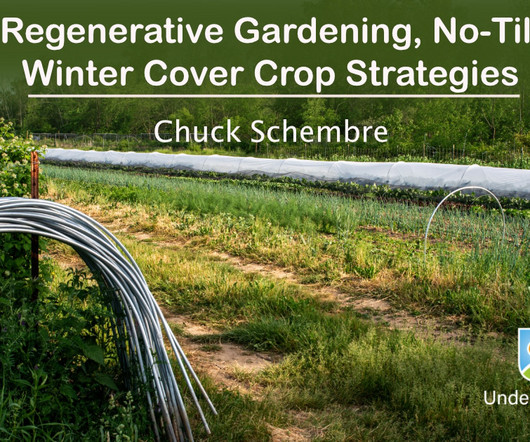
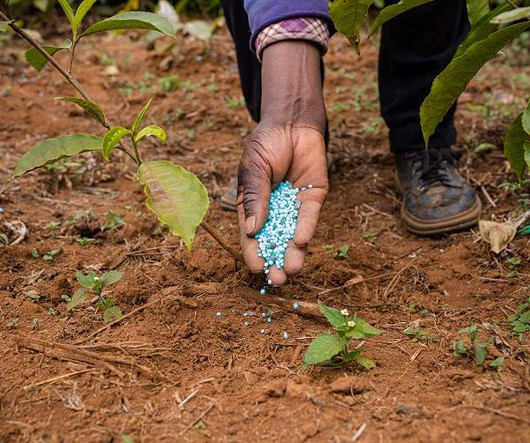


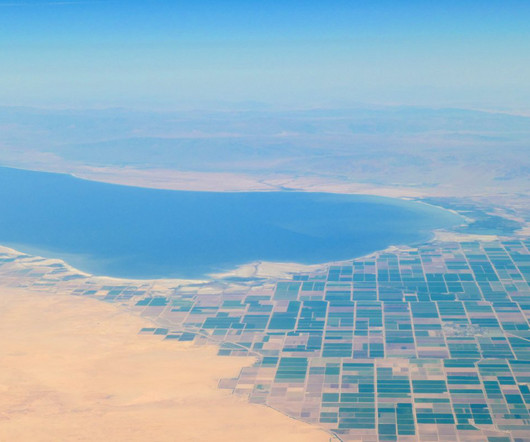



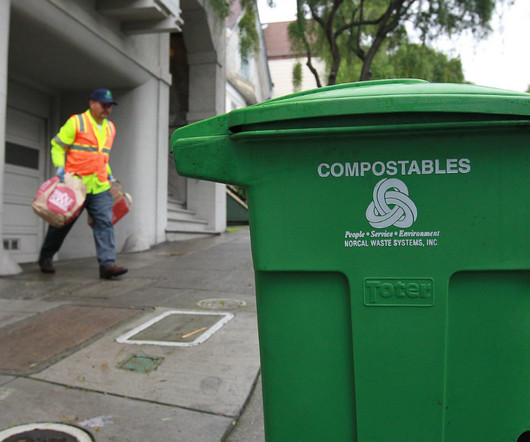







Let's personalize your content